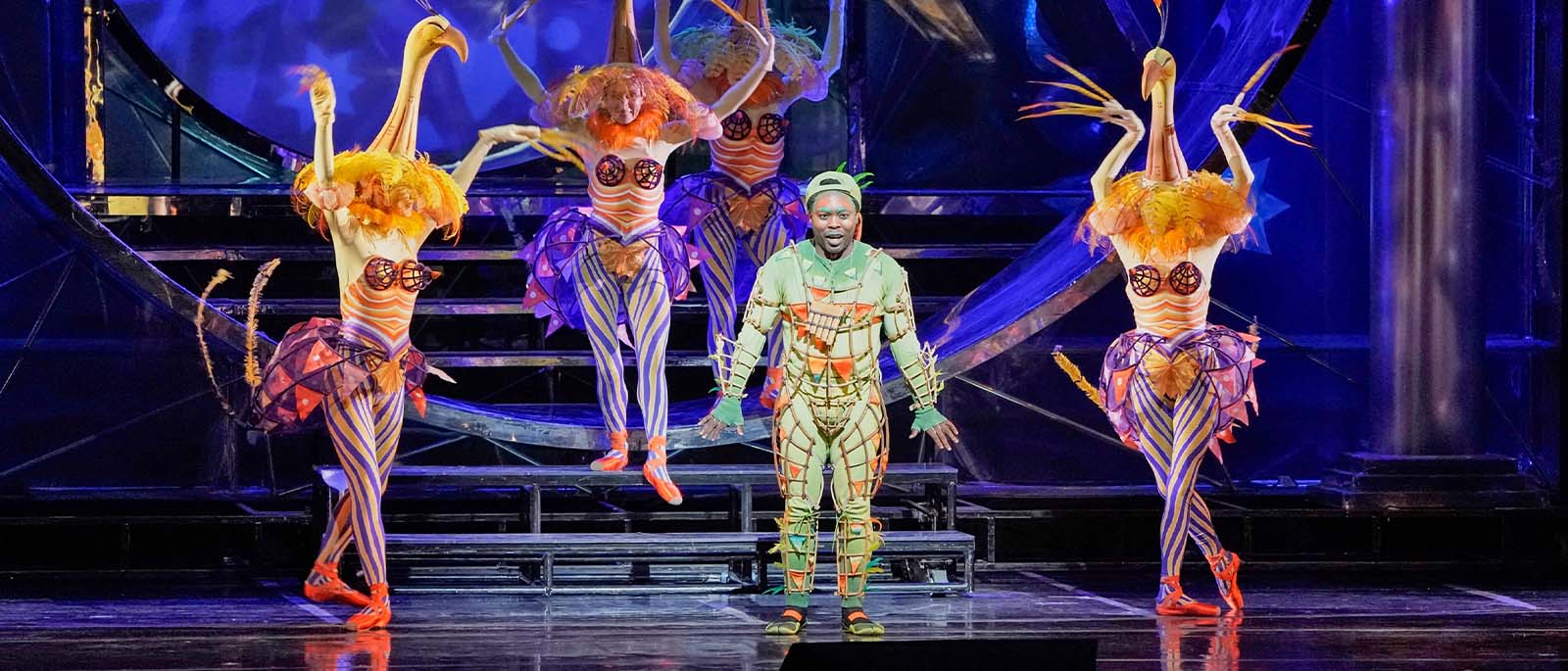
The Magic Flute
Mozart’s The Magic Flute—his last opera to be produced before his untimely death at age 35—is a remarkable combination of musical and dramatic styles, from the earthly to the otherworldly. The story begins as a magical rescue mission, a plot outline that would have been familiar to Viennese audiences of the popular theater, but soon transforms into a fable of enlightenment and humanity. With its program of inner development and illumination, The Magic Flute imagines a world of peace, brotherhood, and love.
This special holiday presentation of The Magic Flute is an abridged English-language version of the production by the award-winning theater, opera, and film director Julie Taymor. Taymor seeks to remain true to the fairy-tale aspect of the story while revealing what she calls its “darker face, the one that is hidden in the innocent shell of the unruly libretto but apparent in the exquisite subtlety of the music.” In developing the colorful visual style of her production, she was inspired by the patterns viewed through the tube of a kaleidoscope, which she sees as an ideal way to express “both the exterior and inner landscapes of The Magic Flute.” Taymor’s whimsical production magnifies the opera’s emotional threads, highlights the story’s humor, and captures the ethereal nature of Mozart’s music.
This guide is intended to help your students appreciate the opera within the context of 18th-century politics, philosophy, and musical style. By studying Mozart’s musical invention through a selection of arias from the opera, students will discover some of the elements that make The Magic Flute not only a product of its age but also an enduring masterwork of the operatic canon. The information on the following pages is designed to provide context, deepen background knowledge, and enrich the overall experience of attending a final dress rehearsal at the Metropolitan Opera.